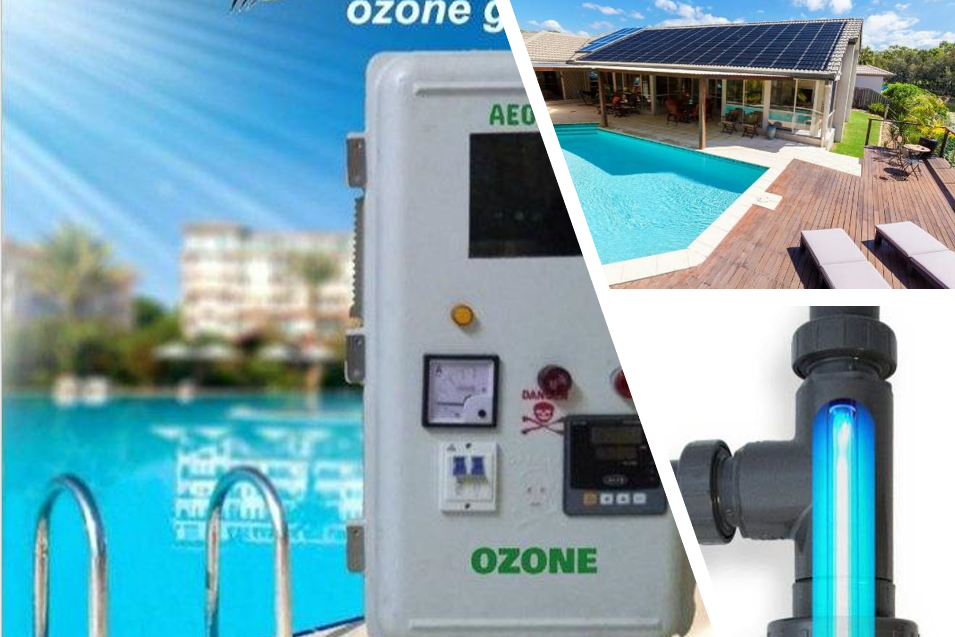
Pools (especially heated ones) are a burden on owners for the cost. Large quantities of chemicals must be used as disinfectants, and water consumption is enormous. Optimizing pool management will result in reduced water and electricity consumption, as well as a reduction in the use of chemicals. In summer, fountains can serve an aesthetic and refreshing function, but they are also major consumers of water and electricity.
Outdoor, unheated and natural pools are the options with the lowest environmental impact. Consider how important it is to have a heated pool for your establishment. The most efficient pool heating and disinfection systems should be determined at the design stage, but existing pools can also be retrofitted.
To heat the water in the pool, simple solar heating collectors or a heat pump system can be installed, as well as a heat recovery system from the exhaust ventilation air.
As an environmentally friendly method of disinfection ozone generators or ultraviolet units can be used to reduce the need for chlorine.
For water conservation purposes, drainage barriers can be installed around the pool to collect and recirculate overflow and splash water. Infrastructure can also be provided to recirculate the pool overflow and filter backflush water for toilet flushing. Motion sensors will allow you to use the function to turn off the fountains when there are no users. And, of course, installing a water meter to record the inflow into the pool is an important measure for monitoring performance and identifying problems.